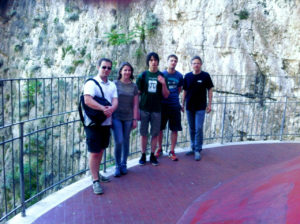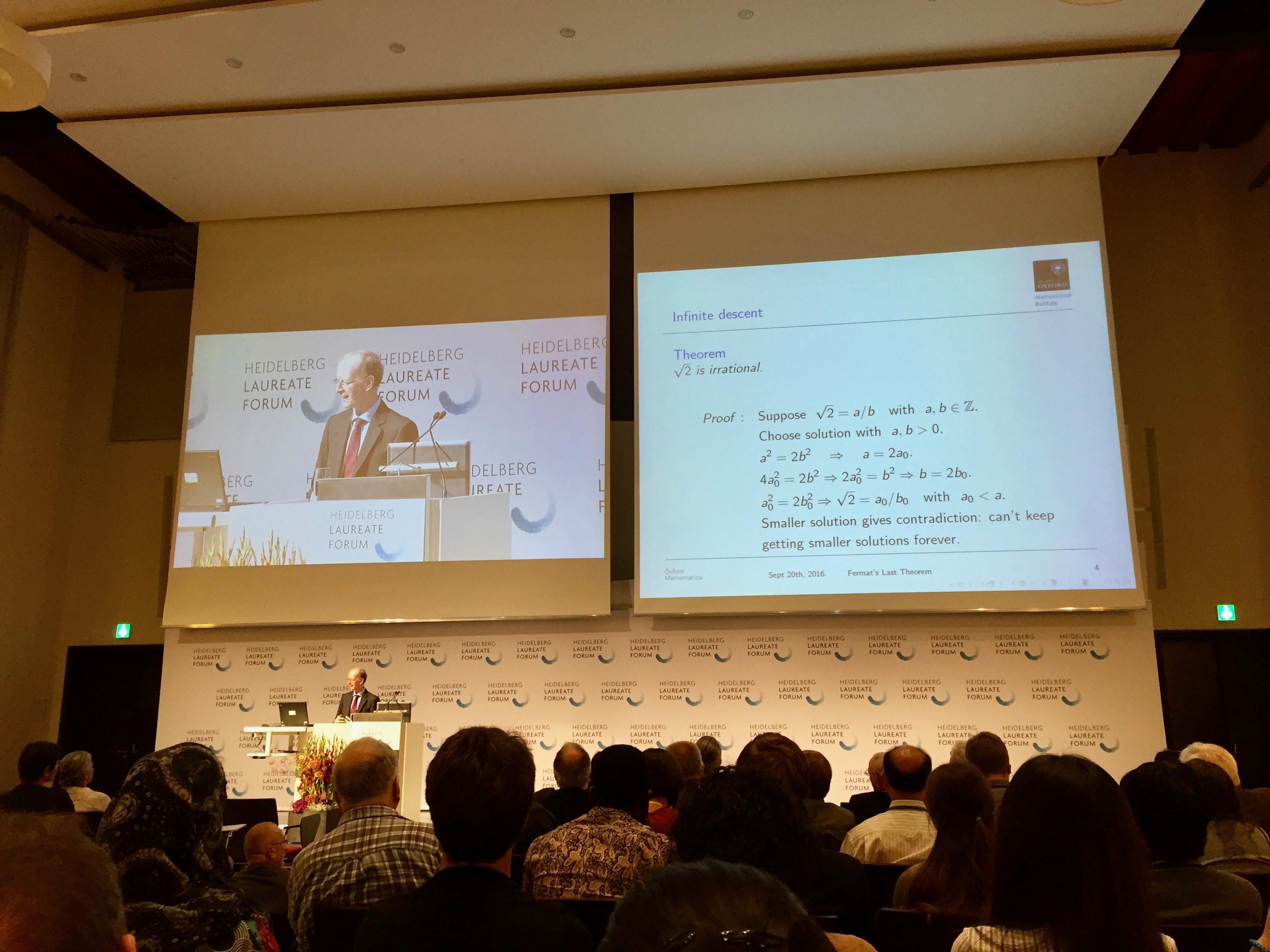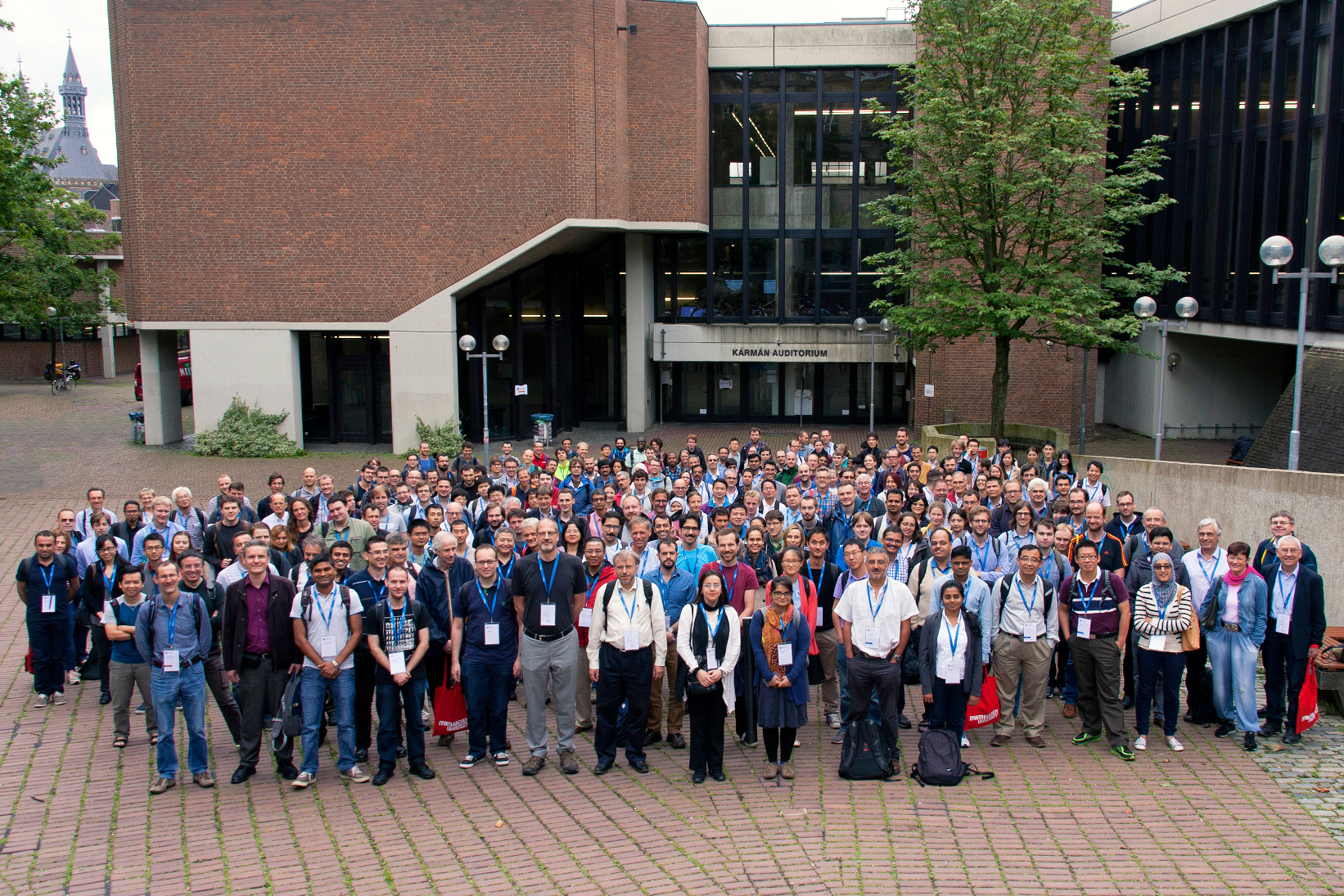
If one puts a pan with a layer of oil on the hot oven in order to heat it up one observes different flow patterns over time: In the beginning it is easy to see that the oil is at rest and not moving at all. But if one waits long enough the still layer breaks up into small cells which makes it more difficult to see the bottom clearly. This is due to the fact that the oil starts to move in circular patterns in these cells. In our example the temperature difference between bottom and top of the oil gets bigger as the pan is heating up. For a while the viscosity and the weight of the oil keep it still. But if the temperature difference is too big it is easier to redistribute the different temperature levels with the help of convection of the oil.
This means that the system has more than one solution and depending on physical parameters one solution is stable while the others are unstable. Mariana Haragus, Professor in Besançon at the University of Franche-Comté, is doing research on this important question for engineers as well as mathematicians.
Gudrun Thäter was in conversation with her in the context of the Modellansatz Podcast about Bernard-Rayleigh problems: Where do these convection cells evolve in theory in order to keep processes on either side of the switch? This had been one of the interesting research topics at our 2018 Conference on Mathematics of Wave Phenomena.




